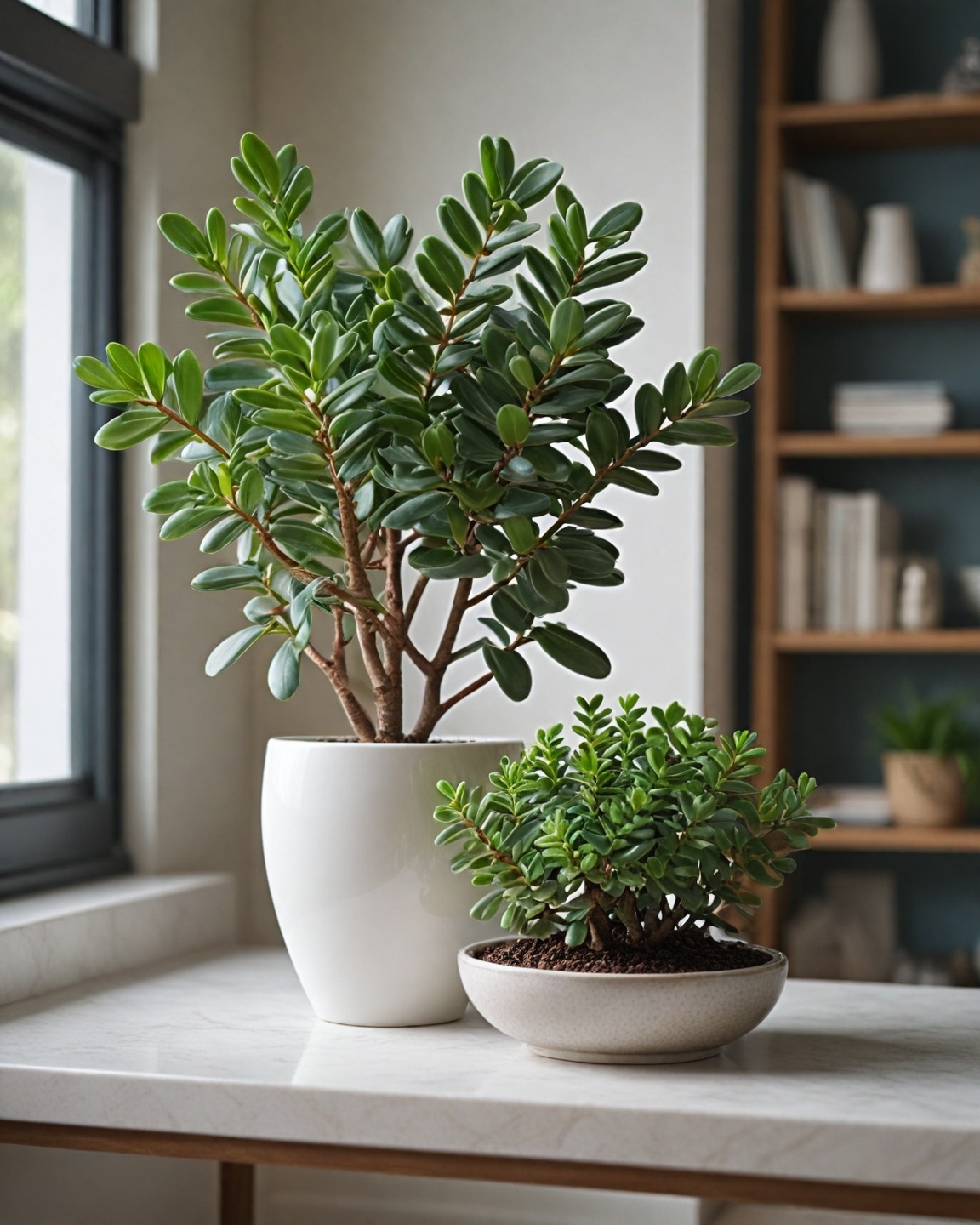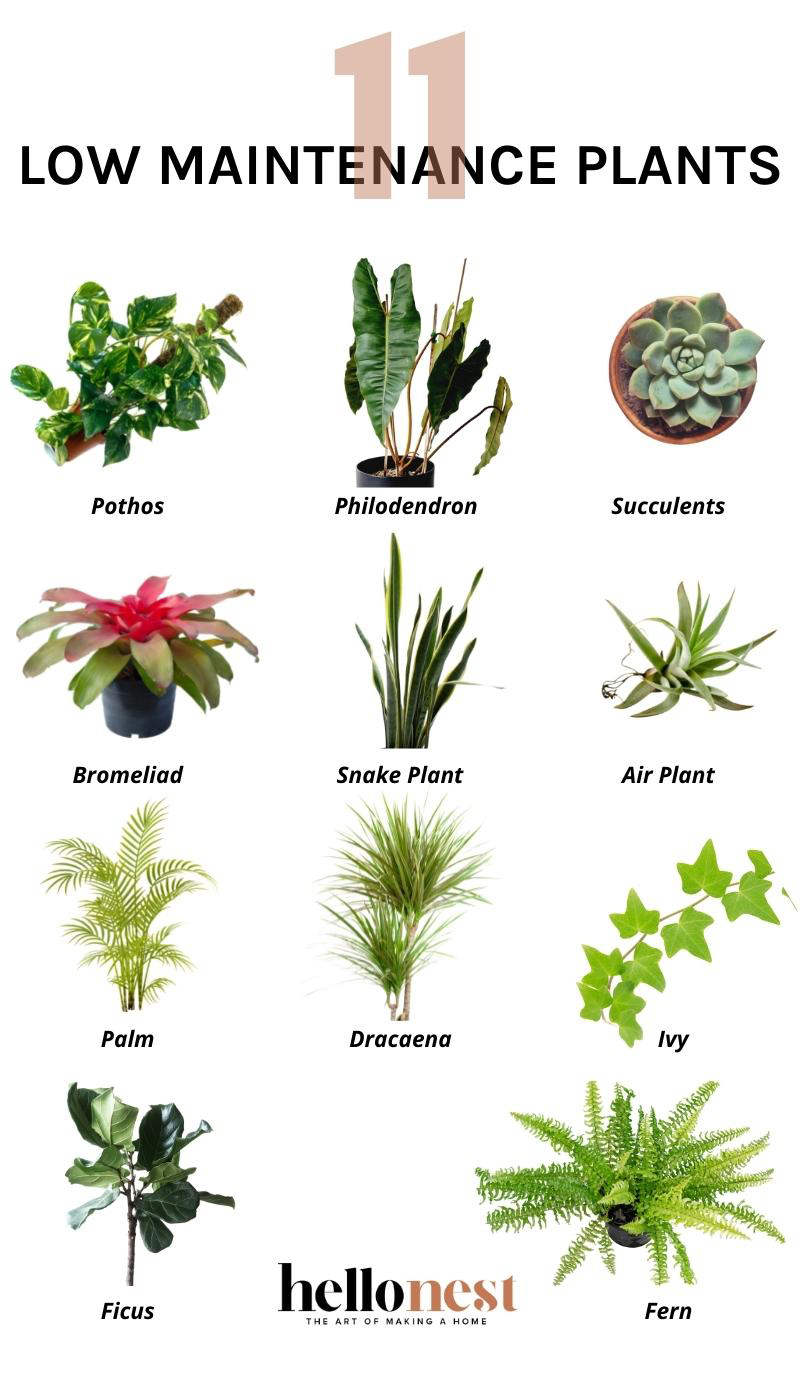Best Low-Maintenance Plants for Indoor Plant Walls: Expert Selection

Nobody talks about this, but most “expert” plant wall guides make things way more complicated than they need to be. I’ve seen elaborate watering systems, custom fertilizer charts, spreadsheets tracking humidity… and honestly? It’s overkill for 99% of us. If you want a living wall that looks great and doesn’t turn into a science project (or a guilt trip), here’s what actually works—and how I learned it the hard way.

Why Beginner-Friendly Plants Win Every Time
My first attempt at an indoor plant wall was a classic Pinterest fail: ferns dropping brown fronds, calatheas pouting in every direction, and me, watering on some mysterious schedule pulled from three different blogs. Lesson learned: not all plants want to be pampered—some roll their eyes at your effort and grow best when you leave them alone.
So let’s focus on plants that thrive on neglect. The secret? Less is more. Forget the rare species with fussy misting needs; go for the tough crowd-pleasers.

The Only Three Plants You Really Need
Forget memorizing Latin names or chasing after rare varietals. Here are the only three you need if you crave simplicity:
1. Pothos (Epipremnum aureum)
- Personal experience: My pothos spent six months in a rental with north-facing windows and survived two road trips in a moving truck—still grew like crazy.
- Why they’re unbeatable: Tolerate everything but soggy roots; vines drape down beautifully for instant lushness.
- Watering reality: I water every 10–14 days (sometimes longer). Even when I forget, new shoots keep popping up.
2. Snake Plant (Sansevieria)
- What sets it apart: Think of this as the plant equivalent of a flip phone—indestructible and always ready when you need it.
- How little care it needs: Once, I left mine by a heater while away for three weeks in January (not smart). Came home expecting shriveled leaves—instead, found new growth!
- Watering rule: Soak thoroughly, then ignore for 3–4 weeks.
3. ZZ Plant (Zamioculcas zamiifolia)
- Surprisingly resilient: A friend once gave me her “dead” ZZ in December—a tuber with two sad stems. By February, with zero intervention except occasional sips of water, it bounced back greener than before.
- Why they shine: Thrive under fluorescent lights or dim corners; glossy leaves look polished even if you never dust them.
Want Variety?
Add Spider Plant (Chlorophytum), Philodendron ‘Brasil’, or Heartleaf Fern—but don’t overcomplicate things unless you enjoy troubleshooting plant drama.
Simple Setup Beats Fancy Systems
Here’s where people get tripped up: You do NOT need elaborate hydroponics or high-tech planters unless you genuinely love tinkering.

What works best after testing four methods:
- Modular felt pockets or plastic wall planters with drainage holes
- Removable liners (makes life easier if something goes wrong)
- Optional upgrade: Self-watering inserts from brands like WallyGro (I fill mine every other Saturday—takes five minutes)
Cost breakdown from my last install (2023):
- Wall pocket system: $54 for six pockets
- Potting mix & perlite: $11 total
- Three starter plants (local shop): $26
Total = $91 for an entire bedroom accent wall
Arranging Your Wall — Keep It Effortless
Here’s my non-fancy trick to making your wall look fuller:
- Put trailing pothos at the top.
- Cluster snake plants mid-level for structure.
- Line up ZZs at the bottom—they handle lower light just fine.
If you want that “designer” look without over-thinking:
“Just let the vines go wild,” I told my neighbor last spring after she asked why mine looked fuller than hers. She stopped pruning so much—and now gets compliments from every visitor who walks in!
No-Nonsense Care Routine
I set an alarm—yes, seriously—for Sunday mornings to walk by my wall with a mug of coffee. That’s when I:
- Stick a finger into each planter’s soil—if dry past my first knuckle, it gets water.
- Dust leaves once monthly with an old microfiber cloth while listening to podcasts.
- Prune any runaway stems if they block light from smaller neighbors (this takes less than 60 seconds).
No apps, no gadgets—I’ve timed myself and spend less than ten minutes per week keeping things healthy.

When Things Go Wrong (Because They Occasionally Will)
Even foolproof setups have hiccups:
Yellow leaves appearing?
Almost always too much watering or poor drainage—let them dry out fully before touching again.
Leggy growth?
Probably needs more light; inexpensive clamp-on LED grow lights fixed this in my hallway during winter ($18 on Amazon).

Annoying gnats?
Mix sand into the topsoil layer—it dries out fast enough to discourage bugs entirely (tip courtesy of my grandma).
Why This Approach Works
Experts often obsess over ideal humidity percentages (“keep above 55%!”) or exact soil pH—not necessary here! These species evolved to survive droughts and poor soils—they want less attention.
The real win isn’t just fewer chores—it’s confidence-building when your space stays green even if life gets busy or unpredictable.
Ready to Start?
If all you do is remember one thing: Choose forgiving plants + simple containers + set-and-forget habits = thriving green walls without stress.
You’ll impress visitors and yourself—no degree in botany required.
Sometimes ignoring expert advice is exactly what makes your plant wall flourish!



